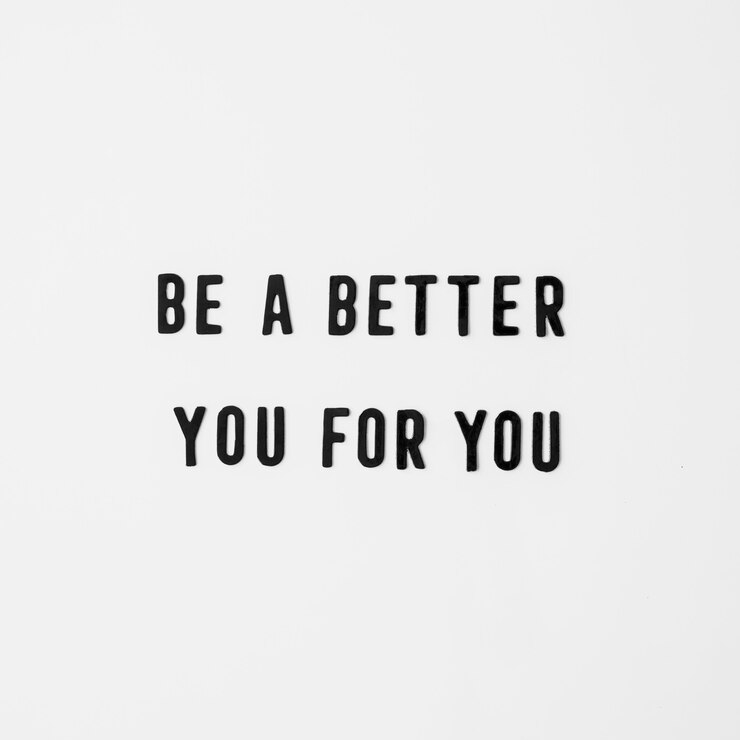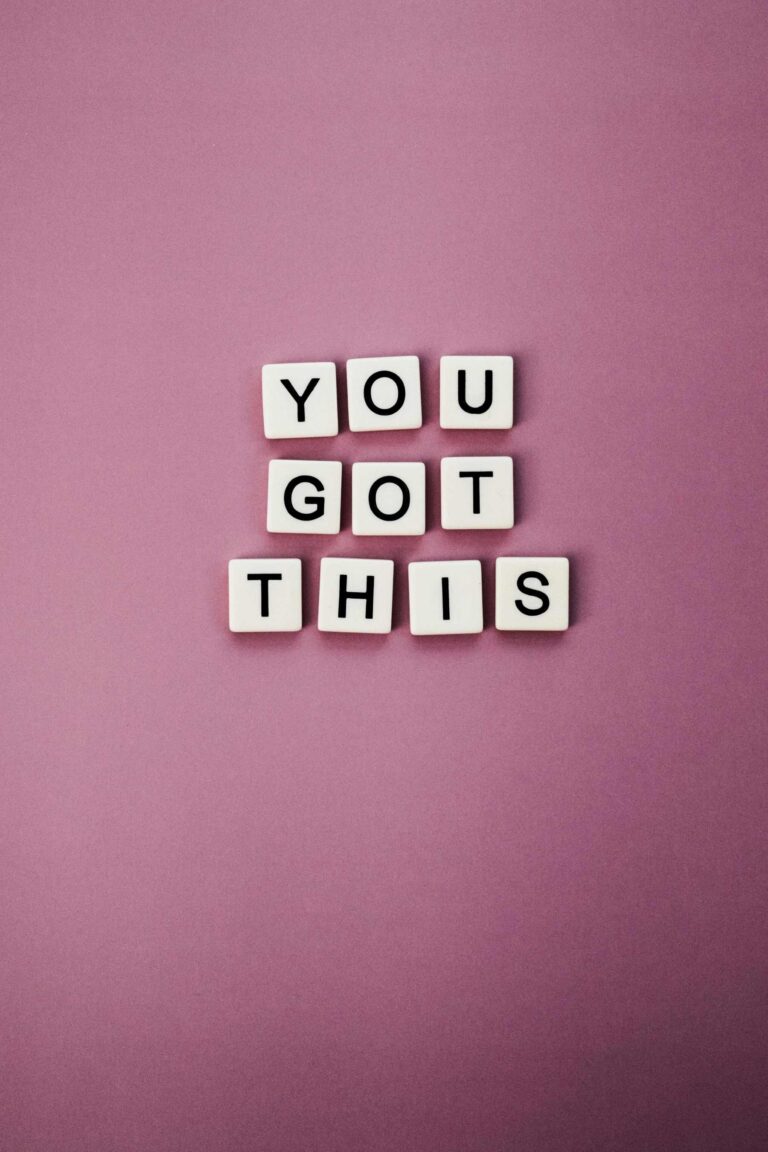10 ways to stop procrastinating once and for all
You know exactly what you need to do. You’ve known for weeks, maybe months. But instead of doing it, you’re here reading another article about how to stop procrastinating, hoping this time will be different.
Here’s the uncomfortable truth: You’re not procrastinating because you don’t know what to do. You’re procrastinating because you’re scared.
Scared of failing. Scared of succeeding. Scared of being judged. Scared of discovering you’re not as capable as you thought. So instead of facing that fear, you scroll social media, reorganize your desk for the third time today, and tell yourself you’ll start tomorrow.
But tomorrow becomes next week. Next week becomes next month. And meanwhile, your goals, dreams, and potential sit there collecting dust while you stay stuck in the same comfortable, miserable cycle.
Reality check: Procrastination isn’t a time management problem. It’s an emotional regulation problem. And until you get honest about what’s really going on underneath all those excuses, nothing will change.
The truth about why you procrastinate
Let’s stop pretending procrastination is about being “lazy” or “disorganized.” That’s just the story you tell yourself to avoid dealing with the real issues.
Here’s what’s actually happening when you procrastinate:
You’re terrified of not being perfect, so you don’t start at all. You’d rather preserve the fantasy that you could do something amazing than risk discovering you might do something mediocre.
You’re overwhelmed by the gap between where you are and where you want to be, so you freeze. Instead of taking one small step, you convince yourself you need to figure out the entire journey first.
You’re addicted to the adrenaline rush of last-minute panic. It feels like motivation, but it’s actually just anxiety in disguise. And it’s destroying your nervous system and your confidence.
You don’t believe you deserve success, so you sabotage yourself before you even begin. It’s easier to fail because you didn’t try than to try and discover you’re not good enough.
The uncomfortable question: Which one of these hit too close to home?
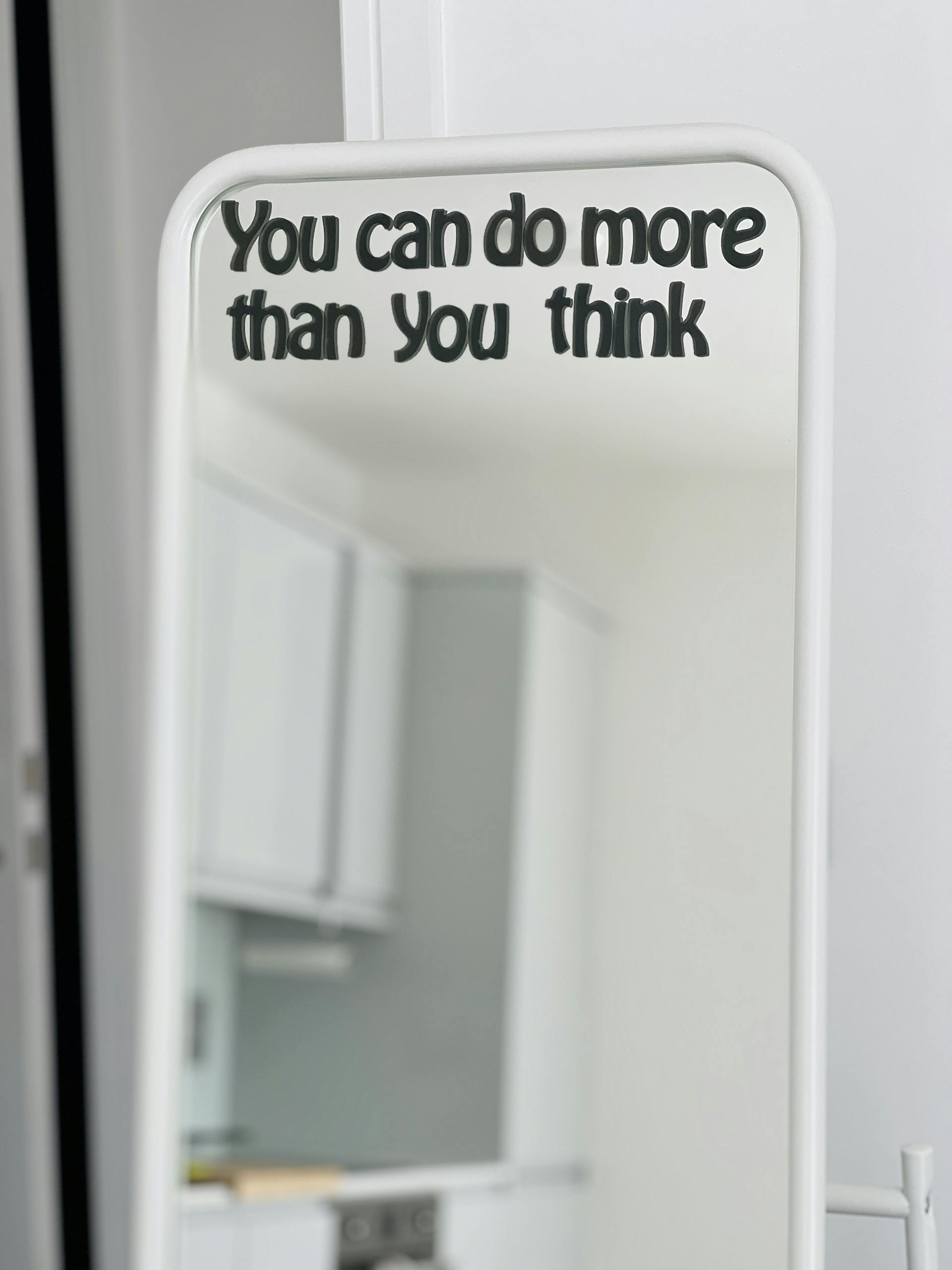
Reality check: Your excuses are keeping you small
Every excuse you make for procrastinating is a way of staying safe and staying small. Let’s call out the most common ones:
“I don’t have enough time.” Translation: I’m afraid to prioritize this because if I fail, I can’t blame it on lack of time anymore.
“I need to do more research first.” Translation: I’m terrified of starting imperfectly, so I’m using “preparation” as an excuse to avoid action.
“I work better under pressure.” Translation: I’m addicted to the drama and chaos because it distracts me from facing my deeper fears about my capabilities.
“I’ll start on Monday.” Translation: I’m buying myself more time to come up with better excuses or hoping the motivation fairy will magically appear.
Stop lying to yourself. These aren’t reasons – they’re defense mechanisms. And they’re keeping you exactly where you are.
10 ways to stop procrastinating and start taking action
1. Stop calling yourself a procrastinator
The problem: Every time you say “I’m a procrastinator,” you’re telling your brain that this is your identity. And identities are hard to change.
The reality: You’re not a procrastinator. You’re someone who has learned to use procrastination as a coping mechanism. There’s a difference.
What to do instead:
- Replace “I’m a procrastinator” with “I sometimes delay tasks when I’m feeling overwhelmed.”
- Start saying “I’m someone who takes action” even before it feels true.
- Notice how you talk about yourself and catch the limiting labels.
💭 Journal: What story have I been telling myself about who I am? How is this story keeping me stuck?
🔥 Challenge: For the next week, every time you catch yourself saying “I’m a procrastinator,” immediately follow it with “I’m learning to take action.” Notice how this small shift changes your mindset.
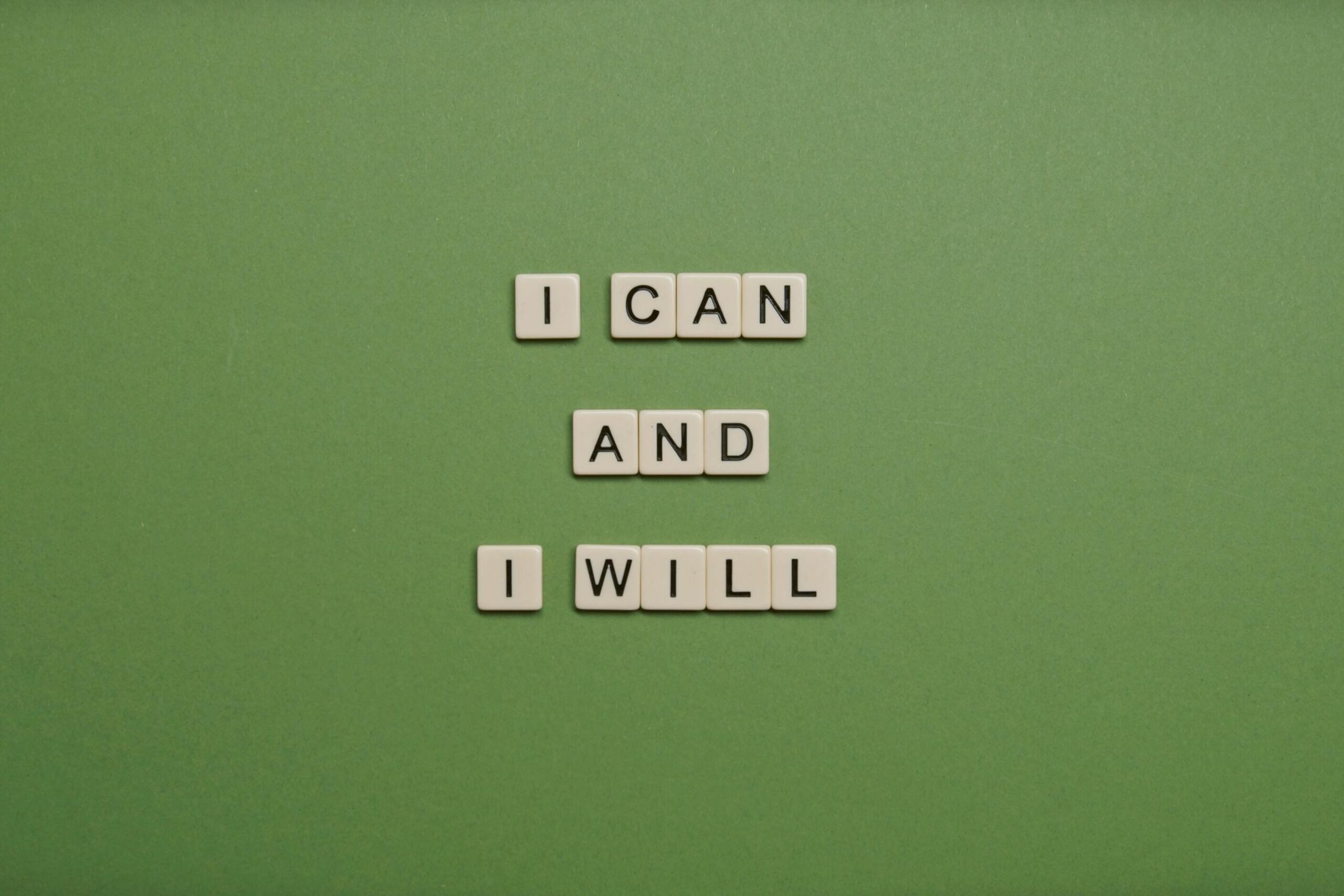
2. Break tasks into ridiculously small steps
The problem: You’re overwhelmed by the size of what you need to do, so your brain shuts down and chooses avoidance instead.
The reality: Your brain is designed to seek immediate rewards. Big, vague tasks don’t provide that. Tiny, specific actions do.
What to do instead:
- Instead of “write my resume,” try “open a document and type my name.”
- Instead of “get in shape,” try “put on workout clothes.”
- Instead of “start my business,” try “write down one business idea.”
The goal isn’t to complete the entire task – it’s to prove to yourself that you can start.
💭 Journal: What’s one big task I’ve been avoiding? How can I break it down into steps so small they feel almost silly?
🔥 Challenge: Pick one task you’ve been putting off. Break it down into steps that take 5 minutes or less. Do the first step today, even if you don’t feel like it.
3. Set deadlines that actually matter
The problem: Fake deadlines feel optional. Your brain knows the difference between “I should do this by Friday” and “This is due Friday or there are real consequences.”
The reality: Without real stakes, there’s no urgency. Without urgency, there’s no action.
What to do instead:
- Tell someone about your deadline and ask them to check in.
- Set up automatic consequences (donate money to a cause you hate if you don’t follow through).
- Create rewards you only get if you meet the deadline.
- Make your deadline public on social media.
Want to get better at following through on your commitments? These goal-setting strategies will help you create deadlines you actually keep and build momentum toward what matters most.
💭 Journal: What deadlines have I been ignoring because there are no real consequences? How can I create stakes that actually matter to me?
🔥 Challenge: Choose one project you’ve been putting off. Set a deadline that’s 50% shorter than you think you need. Tell someone about it and ask them to check in with you.

4. Eliminate decision fatigue
The problem: Every time you have to decide when, where, or how to do something, you’re using mental energy that could go toward actually doing it.
The reality: Your willpower is finite. Stop wasting it on decisions you could automate.
What to do instead:
- Set specific times for specific tasks (write every day at 7 AM).
- Create systems and routines that eliminate daily decisions.
- Prepare everything you need the night before.
- Use the same workspace, tools, and process every time.
💭 Journal: Where am I wasting mental energy on decisions that could be automated? What routines could I create to eliminate these decisions?
🔥 Challenge: Pick one task you procrastinate on. Create a specific time, place, and process for doing it. Follow this exact routine for one week.
5. Stop waiting for motivation
The problem: You think motivation comes first, then action. It’s actually the opposite.
The reality: Motivation is a feeling that comes and goes. Action is a choice you can make regardless of how you feel.
What to do instead:
- Start before you feel ready.
- Do it especially when you don’t want to.
- Focus on the action, not the feeling.
- Remember that motivation often comes AFTER you start, not before.
The truth: Motivation is unreliable. Discipline is what gets things done.
💭 Journal: What am I waiting to “feel motivated” to do? What would happen if I just started without waiting for the perfect mood?
🔥 Challenge: Do one thing you’ve been putting off without waiting to feel motivated. Notice how motivation (or at least momentum) often appears once you start.
6. Identify your procrastination triggers
The problem: You’re reacting to triggers unconsciously, so you can’t interrupt the pattern.
The reality: Procrastination is often triggered by specific emotions, thoughts, or situations. Once you know your triggers, you can plan for them.
Common triggers:
- Feeling overwhelmed by the size of a task,
- Fear of not doing it perfectly,
- Unclear about where to start,
- Distractions in your environment,
- Certain times of day when your energy is low.
💭 Journal: When do I typically procrastinate? What emotions or thoughts show up right before I avoid a task? What patterns can I identify?
🔥 Challenge: For one week, notice every time you procrastinate. Write down what triggered it. Look for patterns and create specific strategies for your most common triggers.

7. Use the 2-minute rule
The problem: You’re making everything bigger and more complicated than it needs to be.
The reality: Most procrastination can be broken with just 2 minutes of action.
What to do:
- If something takes less than 2 minutes, do it immediately.
- If something takes longer, commit to just 2 minutes of work on it.
- Use those 2 minutes to lower the barrier for next time.
Why this works: Starting is the hardest part. Once you start, momentum often carries you forward.
💭 Journal: What tasks have I been avoiding that could actually be done in 2 minutes or less? What’s really stopping me from just doing them?
🔥 Challenge: For the next three days, every time you think of a task, ask yourself: “Can I do this in 2 minutes?” If yes, do it immediately. If no, do 2 minutes of work on it anyway.
8. Create consequences for inaction
The problem: There’s no real cost to procrastinating, so your brain chooses the path of least resistance.
The reality: Without consequences, behavior doesn’t change. You need to make procrastination more painful than taking action.
What to do:
- Set up financial consequences (donate to a cause you hate).
- Create social consequences (public accountability).
- Use positive consequences too (reward yourself for following through).
- Make the cost of inaction clear and immediate.
💭 Journal: What’s the real cost of my procrastination? What opportunities am I missing? How is this affecting my self-respect and confidence?
🔥 Challenge: Choose one area where you consistently procrastinate. Set up a consequence system – both negative (for procrastinating) and positive (for taking action). Make it real and meaningful to you.
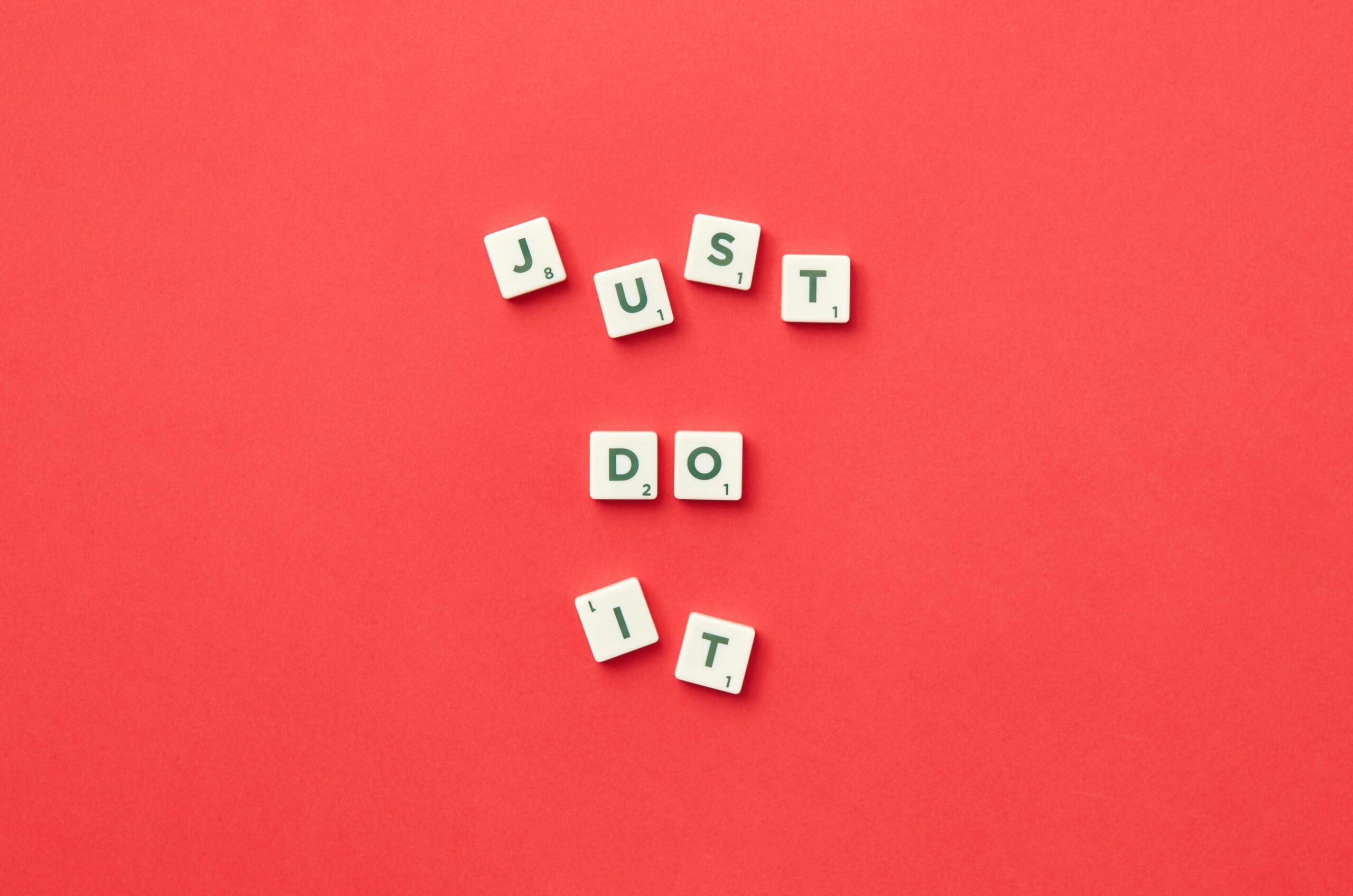
9. Change your environment
The problem: Your environment is set up for distraction, not action.
The reality: Willpower is overrated. Environmental design is underrated. Make it easier to do the right thing and harder to do the wrong thing.
What to do:
- Remove distractions from your workspace.
- Put your phone in another room.
- Set up your space the night before.
- Have everything you need within arm’s reach.
- Create visual cues that remind you of your goals.
💭 Journal: How is my environment supporting or sabotaging my goals? What changes could I make to my physical space to make action easier?
🔥 Challenge: Pick one area where you procrastinate. Redesign your environment to make the desired action easier and procrastination harder. Test it for one week.
10. Practice self-compassion when you mess up
The problem: When you procrastinate, you beat yourself up, which makes you feel worse, which makes you procrastinate more. It’s a vicious cycle.
The reality: Self-criticism doesn’t motivate change – it paralyzes you. Self-compassion gives you the emotional space to try again.
What to do:
- Treat setbacks as data, not failures.
- Talk to yourself like you would a good friend.
- Focus on what you can learn rather than what you did wrong.
- Get back on track without the drama and self-punishment.
Need help developing a kinder inner voice? These self-compassion exercises will help you break the cycle of self-criticism that fuels procrastination.
Remember: Progress isn’t linear. You’re going to have setbacks. How you respond to them determines whether you keep moving forward or stay stuck.
💭 Journal: How do I typically talk to myself when I procrastinate? What would I say to a friend in the same situation? How can I extend that same compassion to myself?
🔥 Challenge: The next time you procrastinate, practice responding with curiosity instead of criticism. Ask “What was I feeling that led to this?” instead of “Why am I so lazy?”
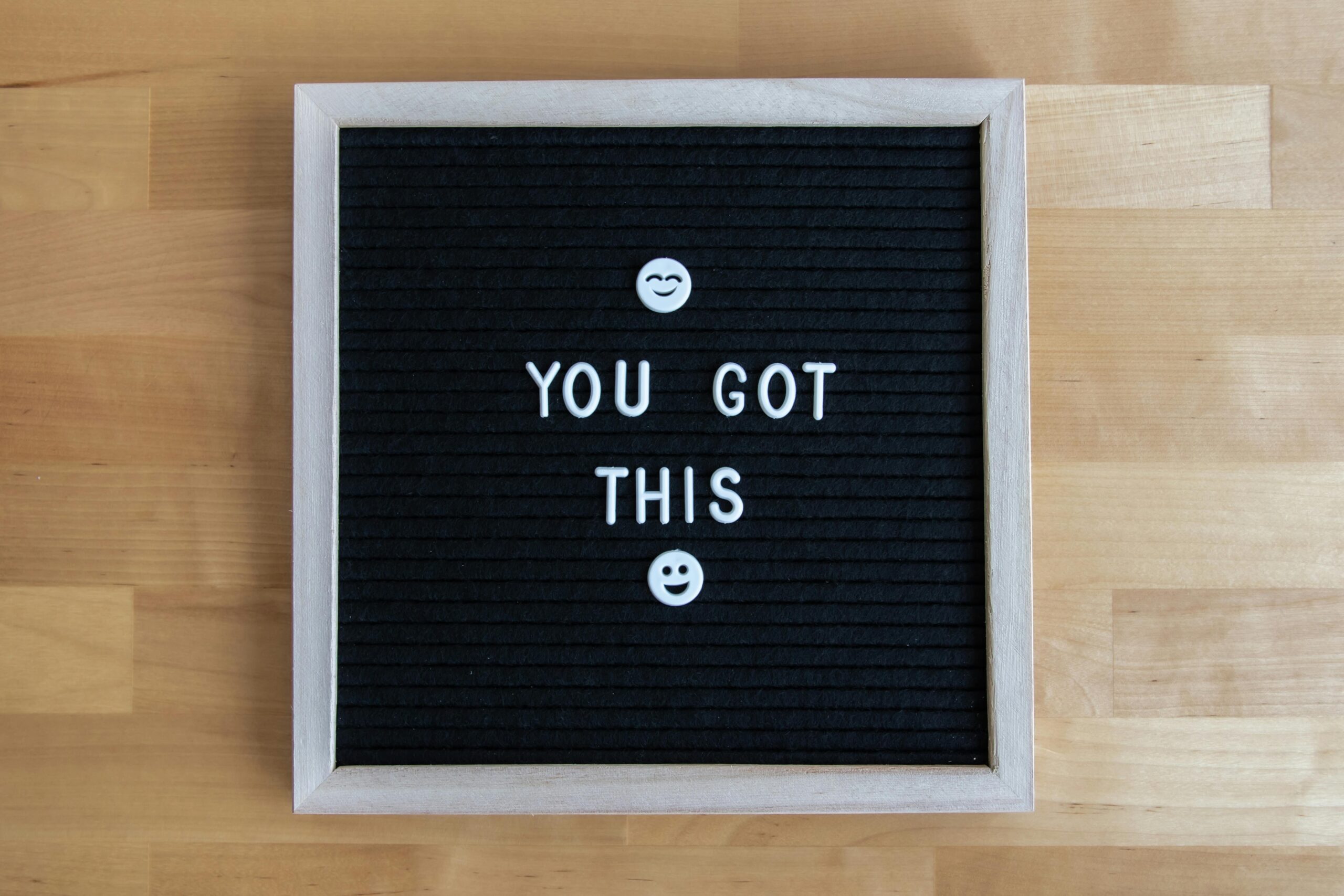
The deeper work: Why you really procrastinate
Here’s what most productivity advice won’t tell you: Procrastination is often a symptom of deeper issues that need to be addressed.
You might procrastinate because:
- You don’t believe you deserve success,
- You’re afraid of outgrowing the people around you,
- You’re terrified of being seen and potentially judged,
- You’d rather stay safely mediocre than risk failing at something that matters,
- You’ve learned that struggle and chaos feel more familiar than ease and success.
These aren’t character flaws. They’re coping mechanisms you developed to stay safe. But they’re also keeping you small.
The real work isn’t just about productivity hacks. It’s about:
- Building genuine self-worth that doesn’t depend on external validation.
- Developing the emotional skills to handle uncertainty and discomfort.
- Creating a healthy relationship with failure and imperfection.
- Learning to take action even when you’re scared.
Transforming your relationship with failure starts with shifting your mindset. Our blog post about growth mindset strategies will help you see setbacks as learning opportunities instead of evidence you should give up.
Your procrastination patterns are telling you something
💭 Deep reflection questions:
- What am I really afraid will happen if I succeed at this?
- What am I really afraid will happen if I fail at this?
- What story am I telling myself about what I’m capable of?
- How is procrastination serving me? (Protection from judgment? Excuse for not reaching my potential?)
- What would I do if I knew I couldn’t fail?
- What would I do if failure didn’t mean anything about my worth as a person?
The uncomfortable truth: Until you address the emotional and psychological roots of procrastination, you’ll keep cycling through the same patterns no matter how many productivity techniques you try.

Stop procrastinating and start building the life you want
Procrastination isn’t just about the tasks you’re avoiding. It’s about the life you’re not living while you wait for someday to feel ready.
Every day you procrastinate is a day you’re choosing safety over growth, comfort over possibility, and fear over courage. And every day you choose differently is a day you’re building evidence that you’re someone who takes action despite being scared.
The choice is yours: Stay stuck in the familiar cycle of procrastination and regret, or start taking imperfect action toward the life you actually want.
Transform your procrastination patterns for good
The strategies we’ve covered are powerful, but real transformation happens when you have a structured system to guide you through the process. That’s why I created the Procrastination and productivity bundle – four comprehensive workbooks designed to help you break free from procrastination and build unstoppable momentum.
Here’s what’s included:
Self-discipline (30 day workbook) – break free from inconsistency and build unshakable self-discipline that doesn’t depend on motivation or willpower.
Beat procrastination (30 day workbook) – crush the procrastination cycle that keeps you stuck with daily exercises designed to rewire your relationship with action.
Productivity and focus (30 day workbook) – master your attention and reclaim your mental energy so you can accomplish more in less time.
Decision-making (30 day workbook) – end overthinking and analysis paralysis so you can take decisive action on what matters most.
Each workbook contains:
- Daily exercises that build on the strategies we’ve explored here,
- Journal prompts to help you uncover the deeper patterns keeping you stuck,
- Practical challenges that push you out of your comfort zone,
- Step-by-step guidance to transform procrastination into consistent action.
This isn’t about working harder. It’s about working on the right things – starting with your relationship with action itself.
If you’re tired of knowing what you need to do but not doing it, if you’re ready to stop letting fear make your decisions, and if you want to build the kind of discipline that creates real results, this bundle will give you the structure and support you need.
Ready to stop procrastinating and start building the life you want?
Explore the Procrastination and productivity bundle and transform your relationship with action once and for all.





